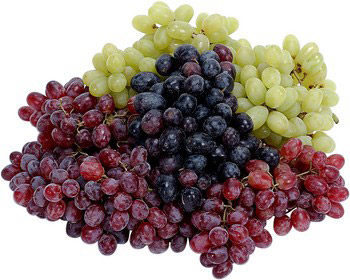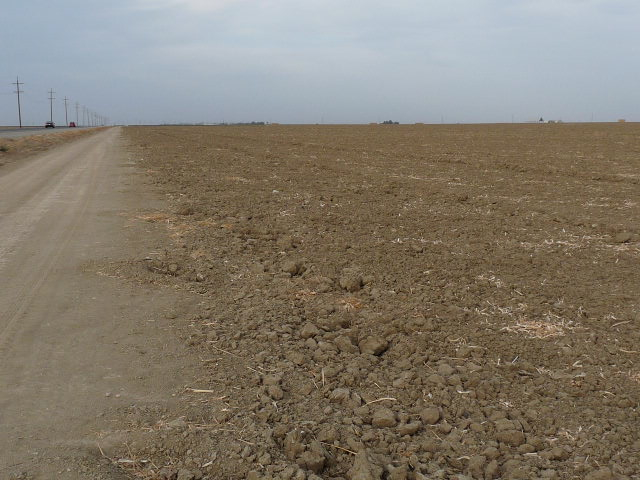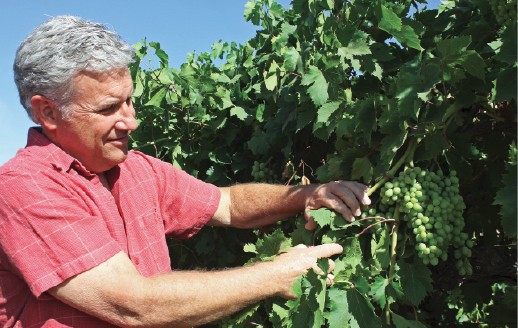CDFA Announces Dates for PD/GWSS Winegrape Grower Referendum
The California Department of Food and Agriculture (CDFA) has announced important dates for this year’s vote on the continuation of the statewide Pierce’s Disease and Glassy-Winged Sharpshooter (PD/GWSS) winegrape assessment.
Current plans call for the ballots to be mailed to California’s winegrape growers on or about March 30, 2015. The ballots will be due back 30 days after mailing, although this date can be extended. The results of the vote will be announced about two weeks after the voting period concludes.
Since 2001, the PD/GWSS assessment has been one of the primary sources of funding for research on PD and its primary vector, the glassy-winged sharpshooter. In 2010 winegrape growers voted to not only continue the assessment but authorized the PD/GWSS Board to spend assessment funds for research and outreach on other pests and diseases that are serious threats to California winegrapes. Since then, the Board has designated the European grapevine moth, red blotch, vine mealybug, and brown marmorated stink bug as serious threats to winegrapes.
Growers (whether individuals or companies) who paid the assessment on grapes grown in 2014 are eligible to vote. Accordingly, growers will receive a ballot for each of the separate legal entities they represent. Growers are urged to verify that the number of ballots they receive is correct and report any discrepancies to CDFA. Winegrape growers with any questions about the assessment can contact the CDFA Pierce’s Disease Control Program at (916) 900-5024. Questions about the referendum (including the number of ballots you received) should be directed to the CDFA Marketing Branch at (916) 900-5018.
The PD/GWSS winegrape assessment was established in July 2001 to support scientific research to find solutions to Pierce’s disease. The PD/GWSS Board, composed of winegrape growers, advises CDFA on the use of the assessment.
Pierce’s disease has no known cure and, left unchecked, could be devastating to the winegrape industry. A study released in 2009 by the Wine Institute and the California Association of Winegrape Growers estimated the total annual economic impact of California’s winegrape industry at $62 billion within the state and $122 billion nationally.



















